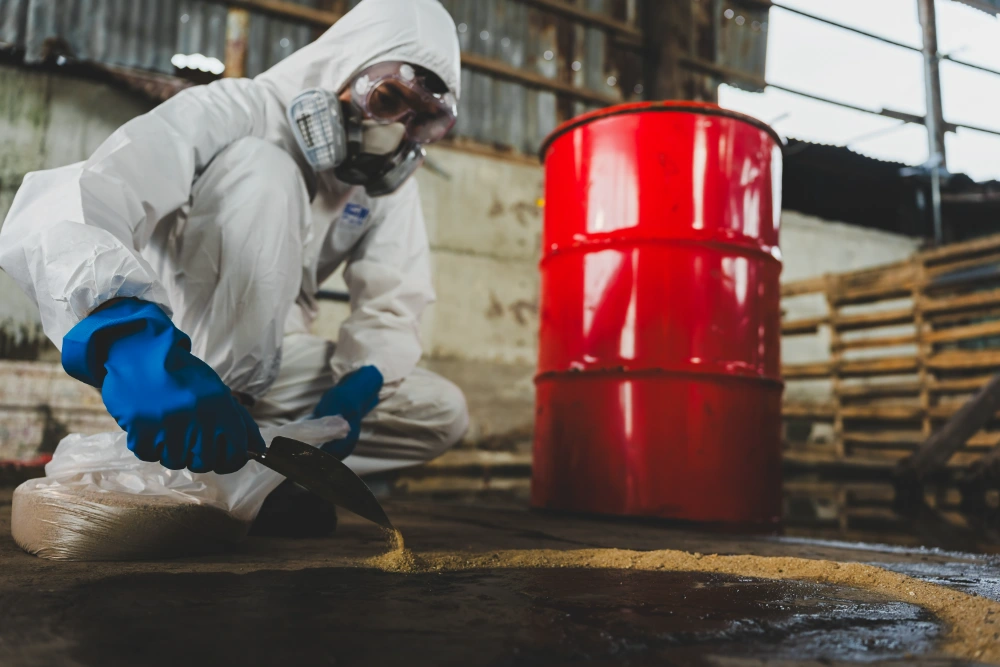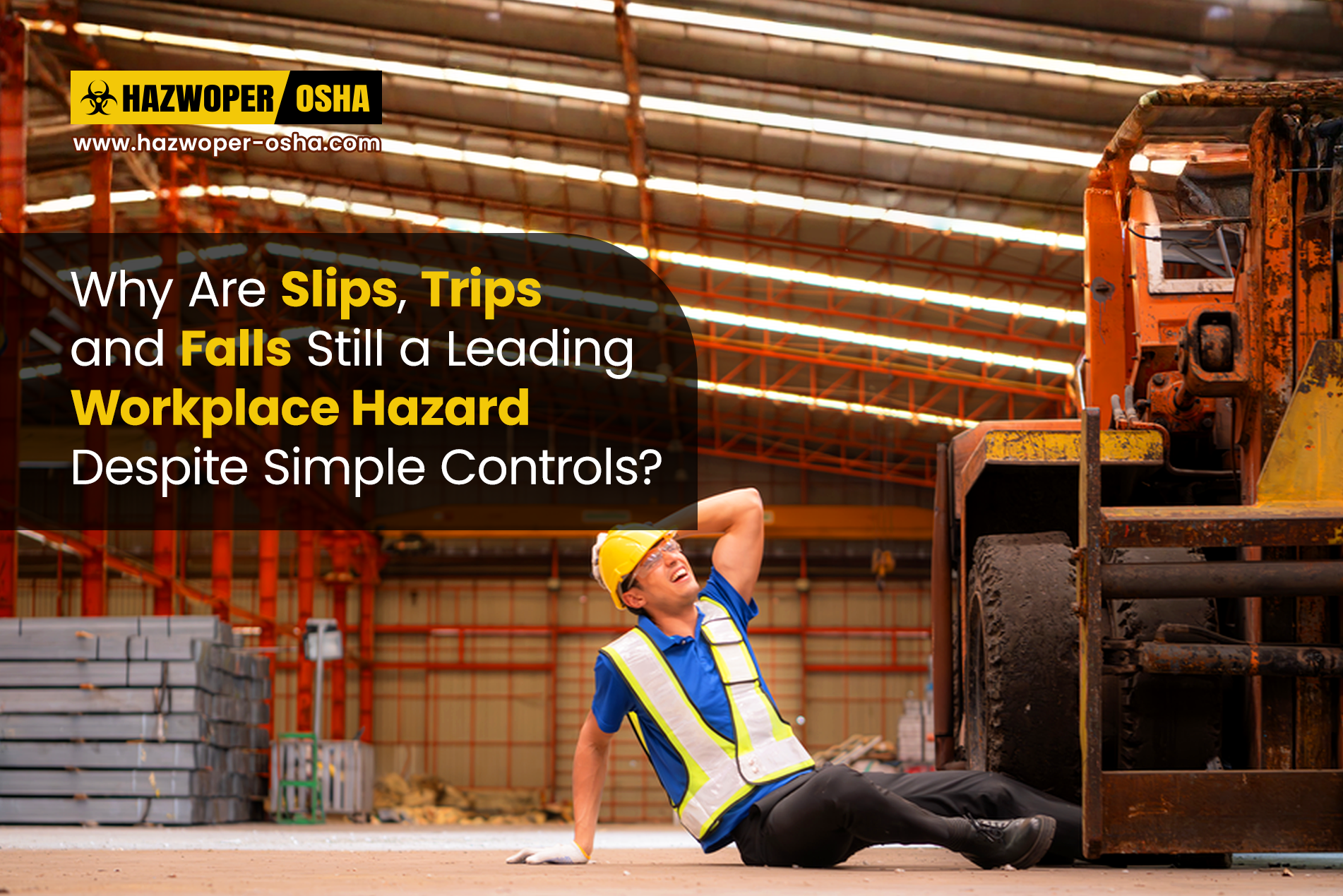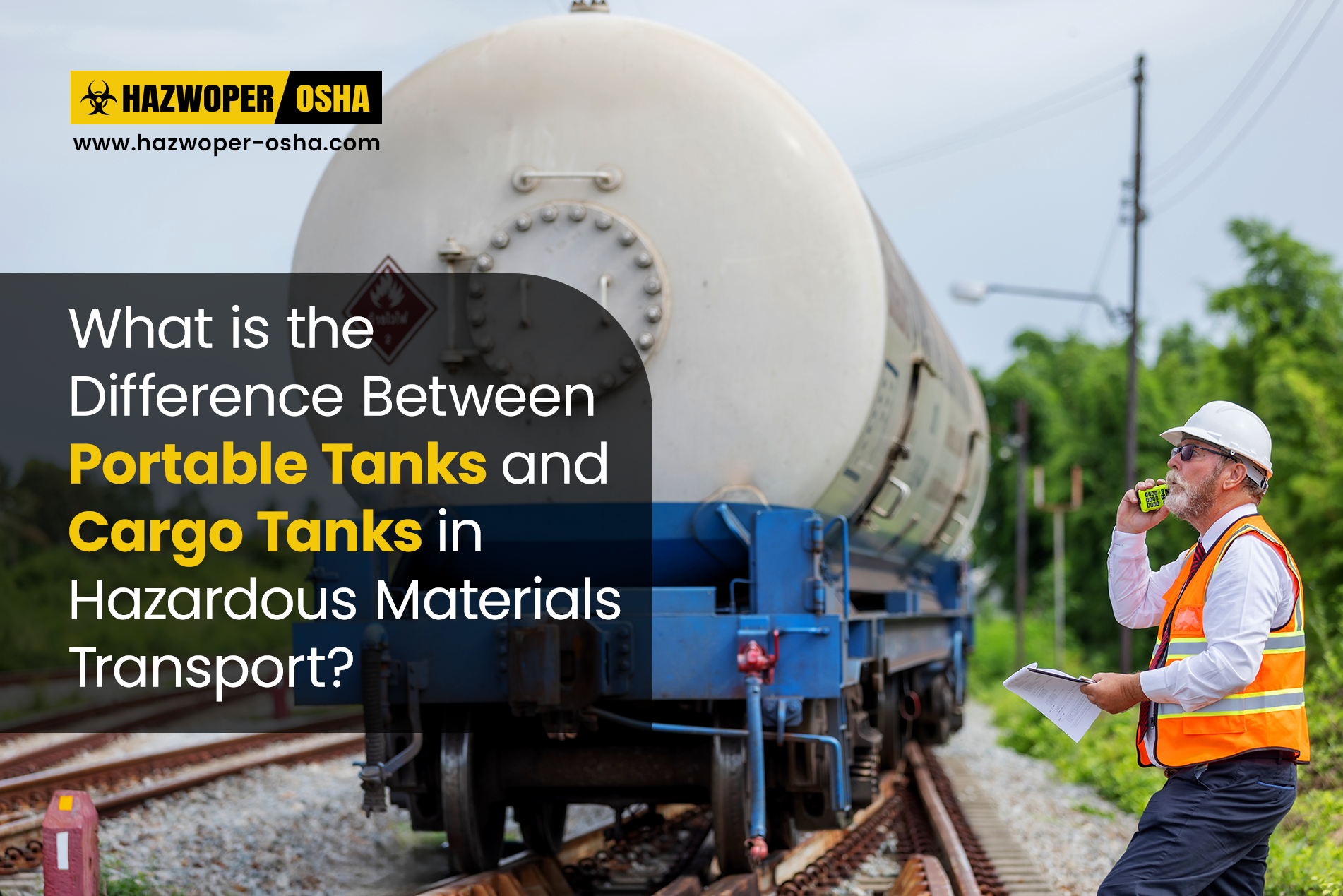Responsibilities of a Competent Person in Scaffolding and Confined Space Operations
In the world of safety and health, a “competent person” is designated to ensure the well-being of employees and workers. The Occupational Safety and Health Association (OSHA) defines a competent person as, “one who is capable of identifying existing and predictable hazards in the surroundings or working conditions which are unsanitary, hazardous, or dangerous to employees, and who has the authorization to take prompt corrective measures to eliminate them” (29 CFR 1926.450).
The regulatory standards created across industries by OSHA often refer to “the duties of a competent person” and assign them specific responsibilities. While these responsibilities may differ, the underlying role of a competent person is to protect the health and safety of employees at a worksite by developing and implementing appropriate safety and health processes and plans as and when required.
Our previous article dealt with the responsibilities of a competent person as specified in OSHA’s Excavations and Fall Protection Standards. This article will review and summarize the responsibilities of a competent person as applicable in OSHA’s Scaffolds and Confined Spaces Standards.
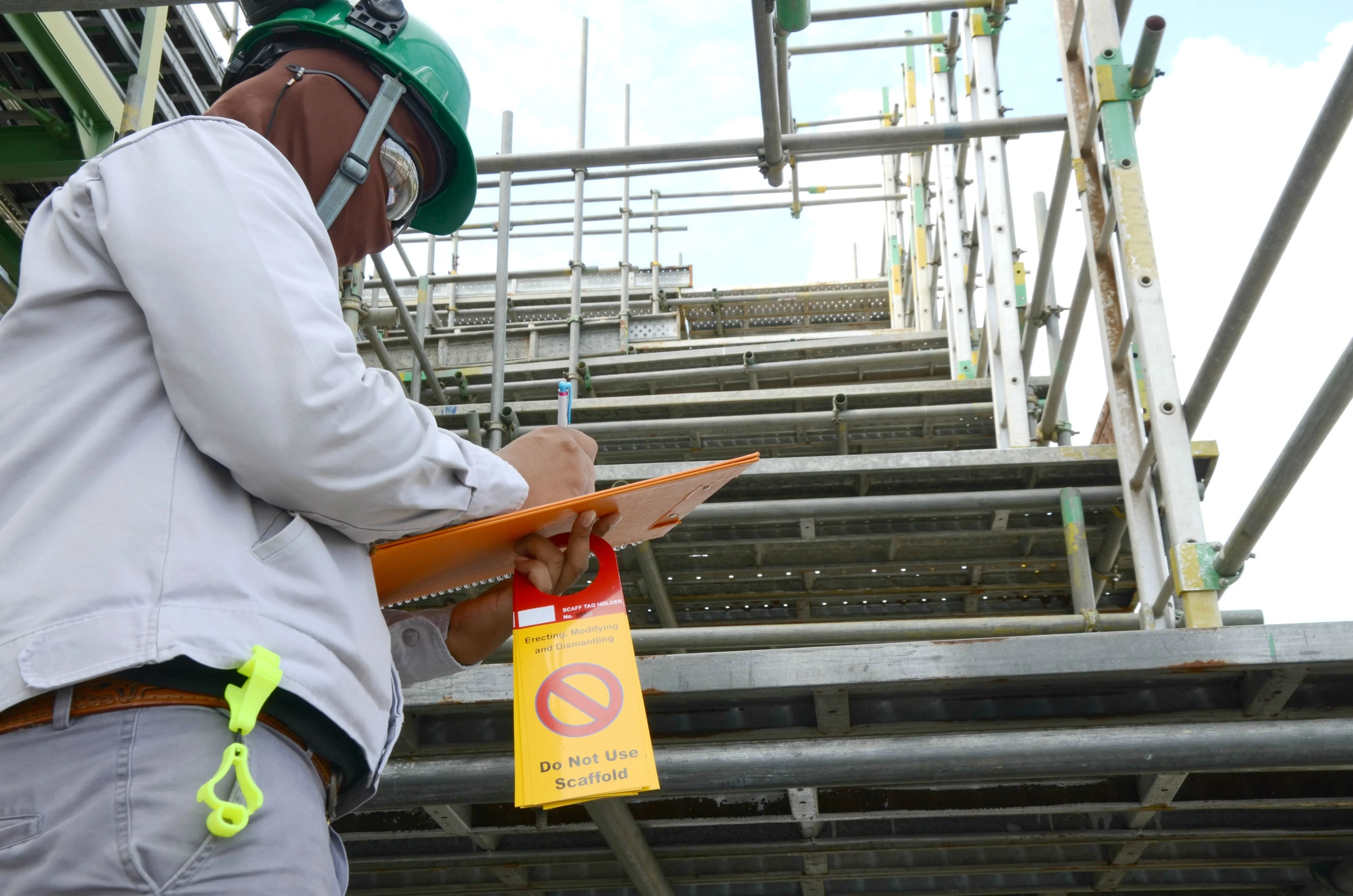
The Role of the Competent Person for Scaffolding Operations
OSHA has specified responsibilities for a competent person in its 29 CFR 1926 Subpart L – Scaffolds Standard. According to this Standard, a competent person is responsible for:
Selecting and directing employees who erect, dismantle, move, alter, and inspect scaffolds.
- Training employees working on scaffolding to recognize hazards associated with tasks such as erecting, dismantling, moving, adjusting, and inspecting scaffolds.
- Determining the safety of employees working on scaffolds during unfavorable weather conditions such as strong winds, storms, or heavy snowfall.
- Ensuring employees working on scaffolding have access to a personal fall arrest system or wind screens during bad weather.
- Making sure the scaffolds’ structural integrity is maintained when components from different manufacturers are used together.
- Determining whether galvanic action has affected the capacity of scaffolds when components made from different metals are used together.
Additionally, a competent person is responsible for inspecting scaffolds and scaffold components for visible defects at various times. Such inspections must be mainly conducted:
- Before every work shift, and
- After any incident that could impact the reliability or structural integrity of the scaffold.
In case of scaffolds are damaged or any scaffold breakdown occurs, a competent person must be given the authority to promptly take any and all necessary corrective actions.
Worker Training When Working in and around Scaffolds
To obtain more details about OSHA’s Scaffolding Standards and be prepared to safely work on scaffolding, enroll employees in our OSHA Scaffolding Safety Training today! We offer corporate rates and group discounts. Our training can be taken online at any time, or we can arrange to conduct onsite or virtual training with an experienced instructor at a location of your choice. Contact us for more details.
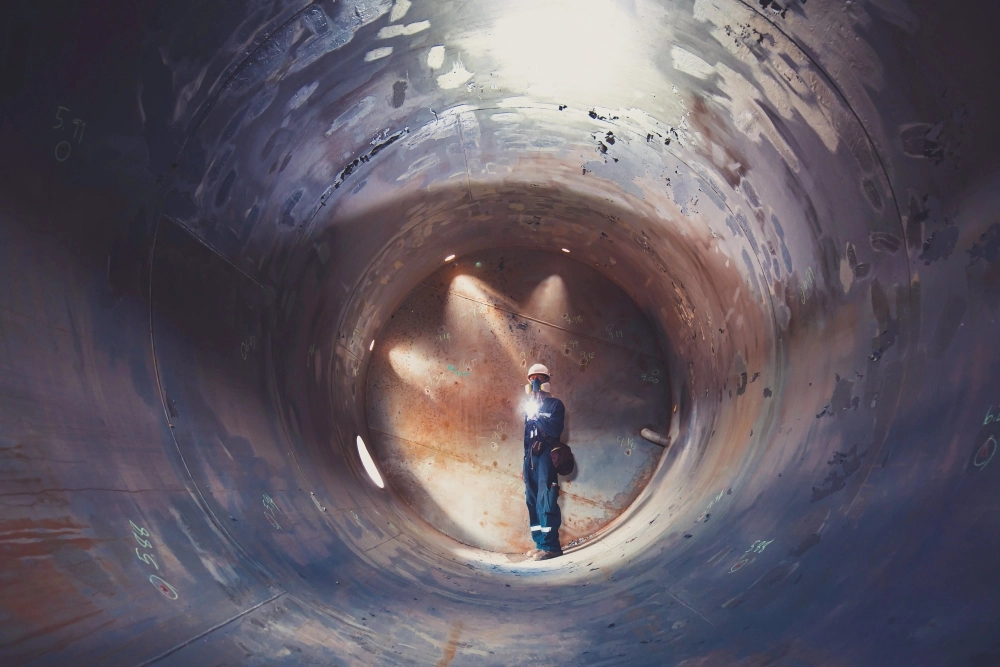
The Role of the Competent Person When Work is Done in Confined Spaces
Before we explore the role of a competent person in a confined space. Let us understand what a confined space means.
What is a Confined Space?
According to OSHA’s Confined Spaces Standard, a confined space is defined as a space that
- Is large enough and so configured that an employee can bodily enter it,
- Has limited or restricted means for entry and exit, and
- Is not designed for continuous employee occupancy.
Considering that employees working in confined spaces are exposed to various hazards, OSHA’s Confined Spaces Standard for the Construction Industry specifies various requirements that fall under the purview of the person designated as a competent person.
Accordingly, a competent person must:
- Identify all confined spaces in which one or more employees may be assigned work before work begins at a worksite.
- Determine which of these confined spaces should be designed as a permit-required confined space through evaluation and testing to determine the specific safety and health hazards.
- Also decide which of the confined spaces workers may enter to perform work activities.
Our article titled ‘Confined Space Protective Measures’ will explain the permit-required confined space in more detail.
Training for Working in Confined Spaces
Workers who work in confined spaces require adequate and appropriate training to meet OSHA safety requirements. Our OSHA Confined Space Awareness Training course is designed for employees who work in and around confined spaces. Such workers may include authorized entrants, safety attendants, entry supervisors, and emergency response personnel. Our confined space awareness safety training course complies with the training requirements as specified in OSHA’s Confined Spaces Standard for the Construction Industry, 29 CFR 1926 Subpart AA.
References
OSHA. (n.d.). Confined Spaces in Construction Standard - 29 CFR 1926 Subpart AA. 1926.1202 - Definitions. Website. https://www.osha.gov/laws-regs/regulations/standardnumber/1926/1926.1202
OSHA. (n.d.). Scaffolding Standard for the Construction Industry - 29 CFR 1926 Subpart L. 1926.450 - Scope, application, and definitions applicable to this subpart. Website. https://www.osha.gov/laws-regs/regulations/standardnumber/1926/1926.450

 EN |
EN |  ES
ES

